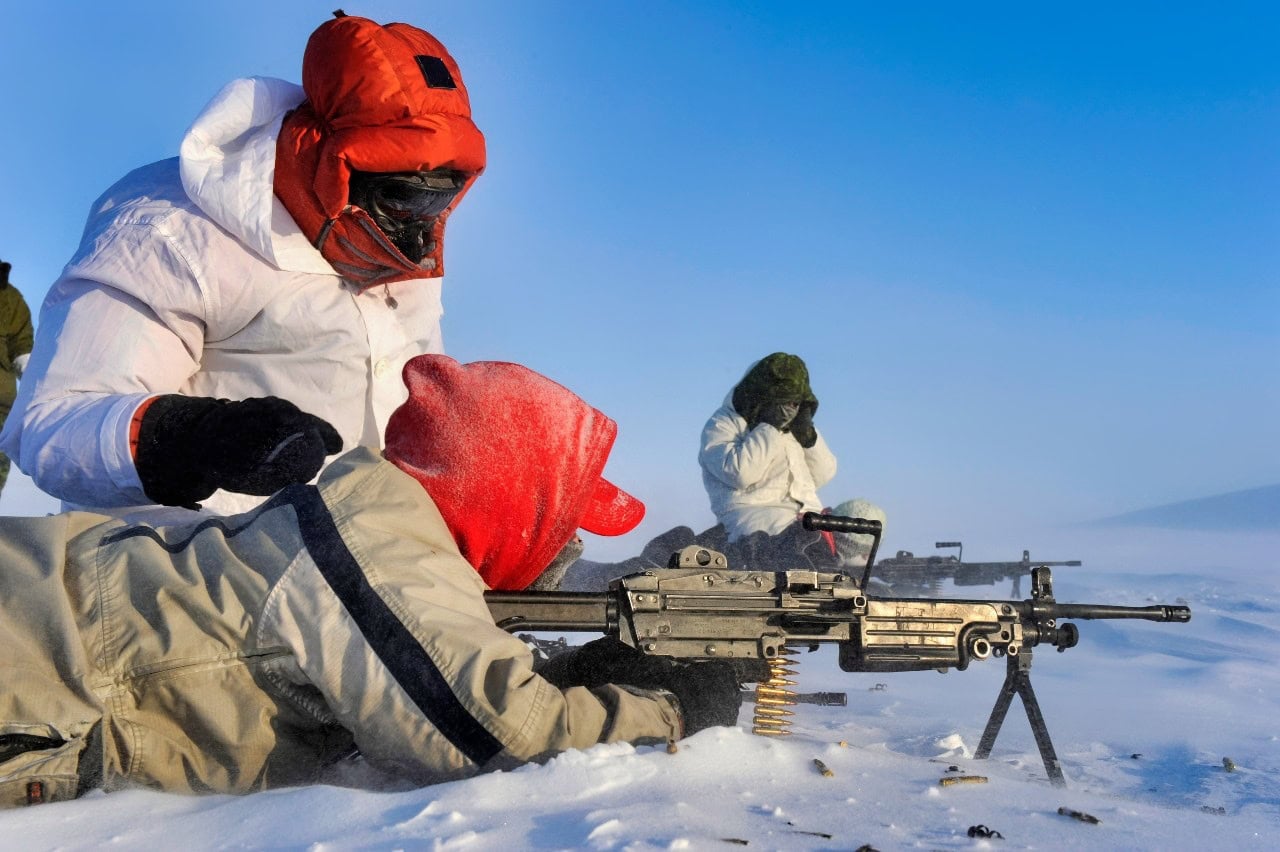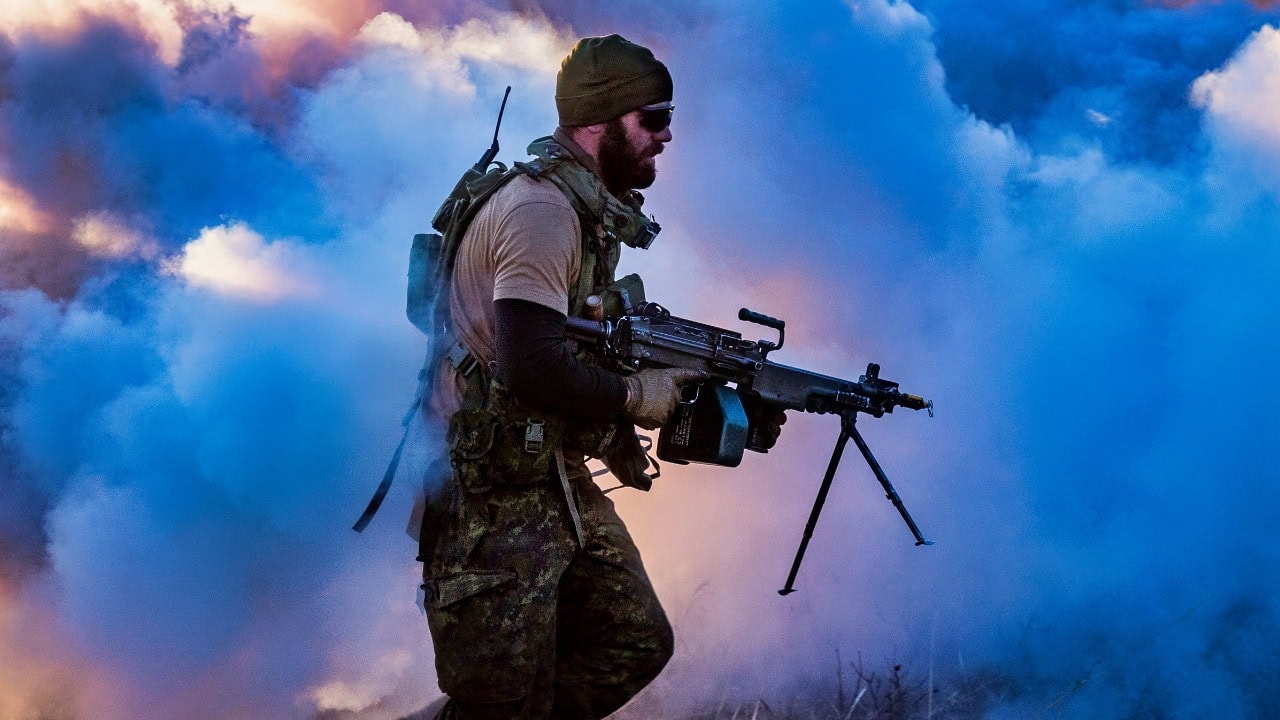Canada’s special forces have long been regarded as among the most professional and capable military units in the world. However, their current state reveals a mixed picture—one of operational excellence under strain, structural challenges, and uncertain strategic direction. As Canada faces an increasingly volatile global security environment, its special forces remain a critical yet underappreciated component of national defense. The question is whether Ottawa is willing to make the necessary investments to sustain and enhance these elite forces for the threats of the 21st century.
Canada’s special forces, led by the Canadian Special Operations Forces Command (CANSOFCOM), are a relatively small but highly effective force. Units such as Joint Task Force 2 (JTF2), the Canadian Special Operations Regiment (CSOR), and the Canadian Joint Incident Response Unit (CJIRU) have earned reputations for their proficiency in counterterrorism, direct action, and special reconnaissance.
Their operational reach extends well beyond Canada’s borders, with deployments in Afghanistan, Iraq, and Eastern Europe demonstrating their value to both national security and alliance commitments.
JTF2, in particular, has been instrumental in global counterterrorism operations. Created in 1993, the unit has evolved into one of the most respected Tier 1 special operations forces worldwide. Its ability to operate in hostile environments with minimal footprint makes it an essential asset for Canada’s defense and security strategy. CSOR, formed in 2006, has provided additional capabilities, focusing on unconventional warfare, training allied forces, and rapid response missions.
These forces are small by design, emphasizing quality over quantity. Canada’s special forces have operated effectively alongside their American, British, and Australian counterparts, often punching above their weight in joint operations. However, despite their high caliber, there are pressing concerns regarding sustainability, recruitment, and strategic alignment.
One of the biggest challenges facing CANSOFCOM is operational overstretch. Given Canada’s relatively small regular military, special forces have frequently been tasked with missions that might otherwise fall to conventional forces. The demand for special operations personnel has been relentless, particularly in the wake of Canada’s involvement in counterterrorism operations in the Middle East and NATO commitments in Eastern Europe. This high operational tempo strains both personnel and resources.
Special forces require extensive training, and frequent deployments contribute to burnout and attrition. Reports have emerged of recruitment and retention difficulties, with many operators opting to leave for the private sector or other military assignments after multiple high-stress deployments.
CANSOFCOM also faces difficulties in attracting and retaining elite operators. Special forces selection is rigorous, with an extremely high attrition rate. While this ensures that only the most capable personnel make the cut, it also limits the size of the force at a time when operational demands continue to grow. Moreover, the broader personnel crisis facing the Canadian Armed Forces has affected special forces recruitment. Canada’s military struggles to meet recruitment targets, with personnel shortfalls across all branches.
Given that special forces draw from the conventional force, a shrinking military inevitably reduces the pool of potential operators. Efforts have been made to mitigate this through direct-entry programs and accelerated training pipelines, but there is a fine balance between expanding recruitment and maintaining the elite standards that define special operations forces. Lowering selection criteria would undermine the effectiveness of the force, a risk Canada cannot afford.
While Canada’s special forces have received priority in terms of equipment and funding relative to the broader military, they are not immune to the country’s long-standing procurement inefficiencies. Specialized equipment, including small arms, vehicles, and aviation assets, requires sustained investment.
However, slow and bureaucratic procurement processes have impeded modernization efforts. The Royal Canadian Air Force’s special operations aviation capability—essential for rapid deployment—has suffered from aging platforms and limited capacity. The acquisition of new transport and rotary-wing aircraft remains sluggish, impacting CANSOFCOM’s ability to project force swiftly.
Additionally, interoperability with allied special forces is crucial, necessitating constant upgrades to communications, intelligence-sharing capabilities, and cyber warfare tools. While Canada’s special forces have maintained a technological edge, there is no guarantee this will continue without consistent funding and political will.
Perhaps the most significant challenge is the lack of clear strategic direction. While Canada’s special forces have proven their value in counterterrorism, hostage rescue, and unconventional warfare, their role in a shifting geopolitical landscape remains uncertain.
With the growing focus on great-power competition—particularly in the Arctic, North Pacific, and North Atlantic—Canada has yet to fully articulate how its special forces fit into this new strategic reality.
Should CANSOFCOM prioritize Arctic operations given Canada’s territorial stakes? Should it expand its cyber and information warfare capabilities in response to hybrid threats? Or will special forces remain primarily expeditionary, supporting U.S.-led missions abroad? Ottawa has yet to provide clear answers. Canada’s political leadership has historically been hesitant to discuss military matters in substantive terms, and this neglect extends to special operations. Without a well-defined strategy, CANSOFCOM risks being reactive rather than proactive in addressing emerging security challenges.
Addressing these challenges requires a sustainable force structure that ensures special forces remain viable by tackling recruitment and retention difficulties. Career pathways must be improved, incentives offered, and the broader military recruitment crisis addressed to avoid depleting the talent pool. Procurement reform is also essential to ensuring that special forces receive the necessary tools for modern warfare. Rapid acquisition of specialized equipment—particularly in air mobility and intelligence capabilities—should be a national defense priority. At the same time, Canada’s special forces must be integrated into a broader defense strategy that acknowledges shifting geopolitical realities.

Canada’s Special Forces.
A clearer articulation of their role in Arctic defense, North Pacific security, and NATO commitments is needed. Special operations forces thrive on discretion, but this should not equate to political neglect. Canada’s leadership must recognize the strategic importance of these forces and provide the necessary political and financial support to maintain their effectiveness.
Canada’s special forces remain an elite component of the country’s military, with a proven track record of operational success. However, they are under strain due to high operational demand, recruitment challenges, procurement inefficiencies, and strategic uncertainty.
If Canada wishes to maintain its credibility as a capable military actor—especially within NATO and among its Five Eyes allies—it must take the necessary steps to ensure that CANSOFCOM remains an effective, sustainable, and strategically integrated force. Failure to do so risks squandering one of the few military capabilities where Canada genuinely excels.
About the Author: Andrew Latham
A 19FortyFive Contributing Editor, Andrew Latham is a professor of international relations at Macalester College in Saint Paul, Minn., a senior Washington fellow at the Institute for Peace and Diplomacy, and a non-resident fellow at Defense Priorities in Washington, D.C. He regularly teaches courses on international security, Chinese foreign policy, war and peace in the Middle East, Regional Security in the Indo-Pacific Region, and the World Wars. Professor Latham has been published in outlets such as The Hill, The Diplomat, Canadian Defence Quarterly, The Conversation, Wavell Room/British Military Thought, Defense One, and Responsible Statecraft.

